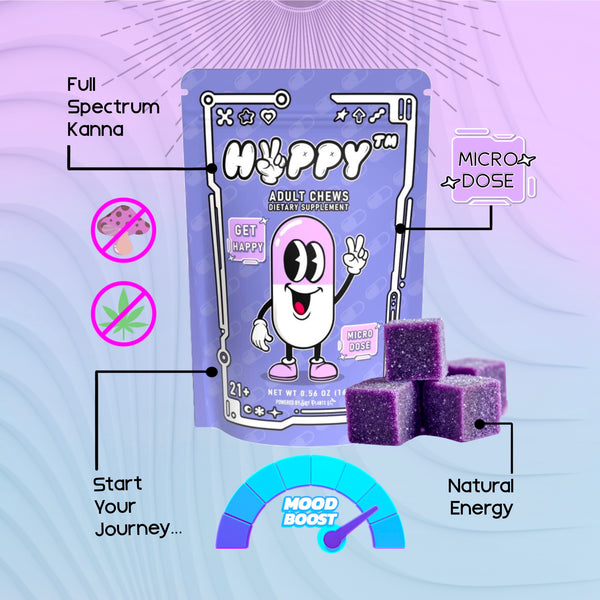Kratom vs. Kanna: Exploring Two Natural Remedies
In the world of herbal remedies, kratom and kanna are two intriguing botanicals that have garnered attention for their unique effects on the mind and body. Both plants have a rich history of traditional use and are now sought after for their potential therapeutic benefits. However, while they may seem similar at first glance, kratom and kanna are distinct in origin, mechanisms, and applications. Here’s a closer look at these two fascinating plants.
Origins and Background
Kratom (Mitragyna speciosa) is a tropical tree native to Southeast Asia, particularly in countries like Thailand, Indonesia, and Malaysia. Its leaves have been used for centuries as a natural stimulant and pain reliever by local communities. Farmers traditionally chewed kratom leaves to combat fatigue during long hours of work, while others brewed it as tea for relaxation or pain relief.
Kanna (Sceletium tortuosum), on the other hand, hails from South Africa. It has been used for thousands of years by the indigenous San and Khoikhoi people for its mood-enhancing properties. Traditionally, kanna was chewed, smoked, or brewed into a tea to reduce stress, alleviate hunger, and foster a sense of well-being during spiritual rituals.
Mechanisms of Action
Kratom’s effects are primarily due to its alkaloids, mitragynine and 7-hydroxymitragynine. These compounds interact with opioid receptors in the brain, providing analgesic and sedative effects at higher doses, while lower doses can act as a stimulant. This dual action makes kratom unique, but it also contributes to its potential for misuse and dependence.
Kanna contains alkaloids like mesembrine, which influence the serotonin system by inhibiting the reuptake of serotonin. This mechanism is similar to some modern antidepressants, making kanna effective as a mood enhancer and anxiety reducer. Unlike kratom, kanna doesn’t affect opioid receptors, which generally makes it less habit-forming.
Uses and Benefits
Kratom is often used as a natural remedy for chronic pain, opioid withdrawal symptoms, and energy enhancement. It is particularly popular among individuals seeking alternatives to prescription painkillers. However, its potent effects come with risks, including the potential for addiction, especially when used improperly or in high doses.
Kanna is favored for its mild, mood-lifting properties. It can help reduce anxiety, enhance focus, and improve overall mental well-being. Some users also report improved social interaction and a heightened sense of calm. Because it doesn’t induce physical dependency, kanna is considered a safer option for managing stress and mild depression.
Safety and Legal Status
Kratom’s legal status varies widely around the world. In some countries and U.S. states, it’s banned due to concerns over its potential for abuse. Even where it’s legal, its use should be approached cautiously, as side effects like nausea, constipation, and dependency are possible.
Kanna is generally legal and considered safe when used responsibly. However, it can interact with other medications, particularly antidepressants, and should be avoided by individuals with serotonin-related disorders.
Interactions Between Kratom and Kanna
While there are no publicly available studies detailing the interactions between Kratom and Kanna when used simultaneously, numerous user reports have informed that avid Kratom users to not feel the effects of Kanna, particularly at lower doses. If you're a Kratom user interested in feeling the unique and wonderful effects of Kanna, we recommend safely stopping usage of Kratom for 3 days or more prior to your Kanna experience.
Conclusion
Kratom and kanna offer natural solutions for different needs, with kratom excelling in pain relief and energy and kanna providing a gentler option for mood enhancement and stress relief. Choosing the right one depends on individual goals and circumstances, but both underscore the power of nature in supporting human health. Always consult a healthcare professional before incorporating these herbs into your wellness routine.






